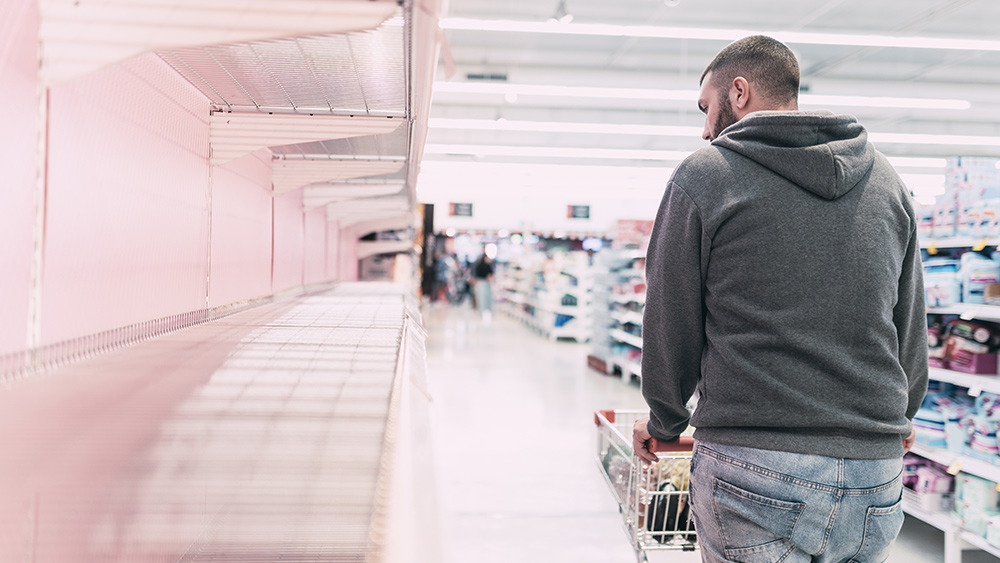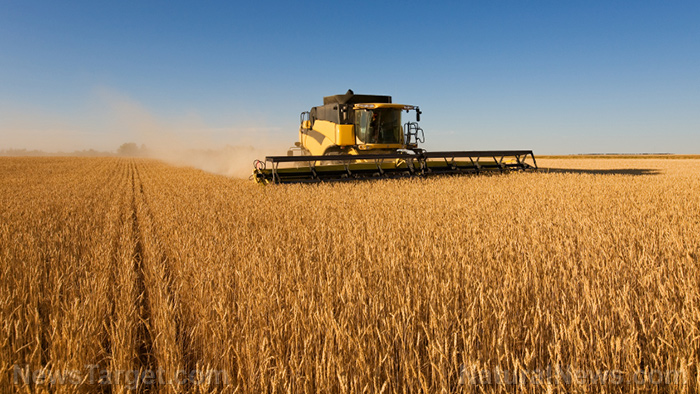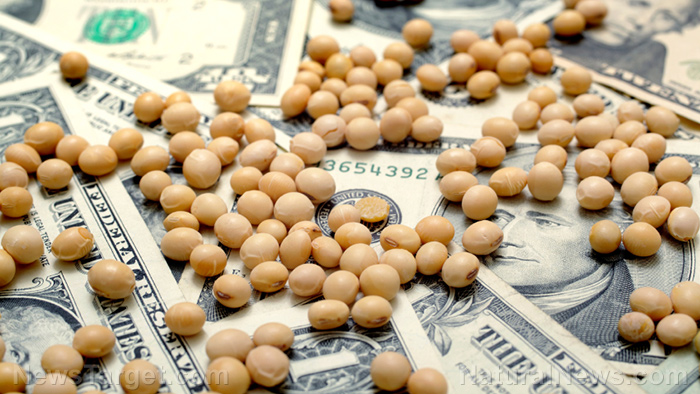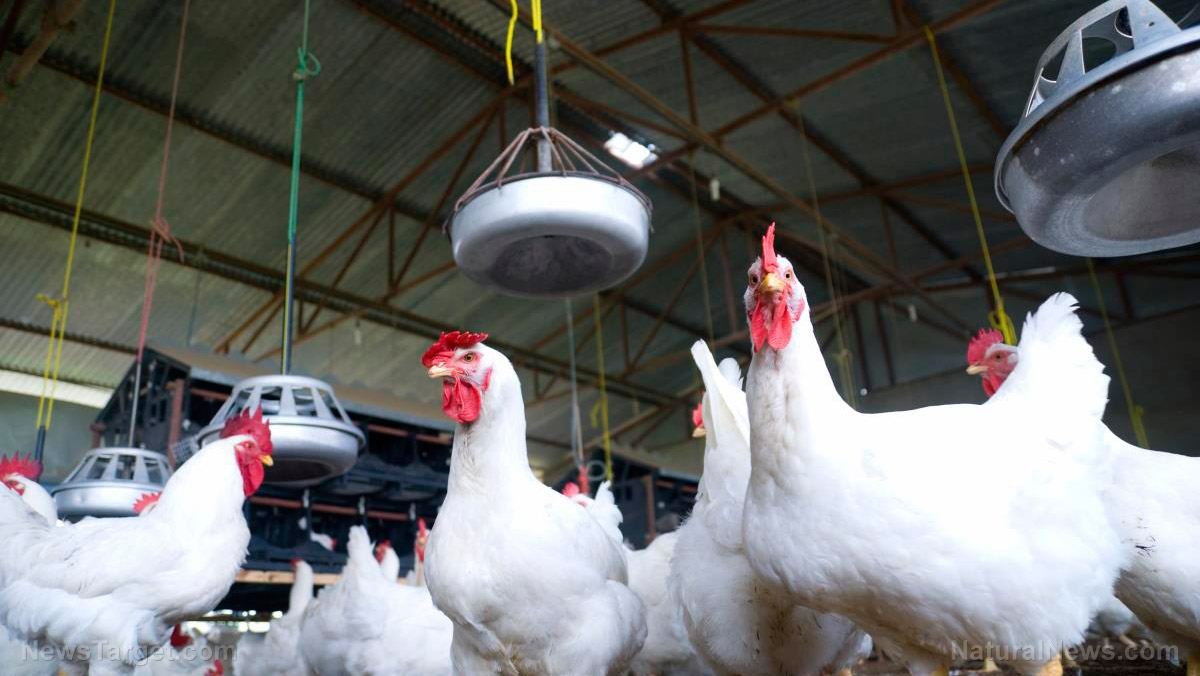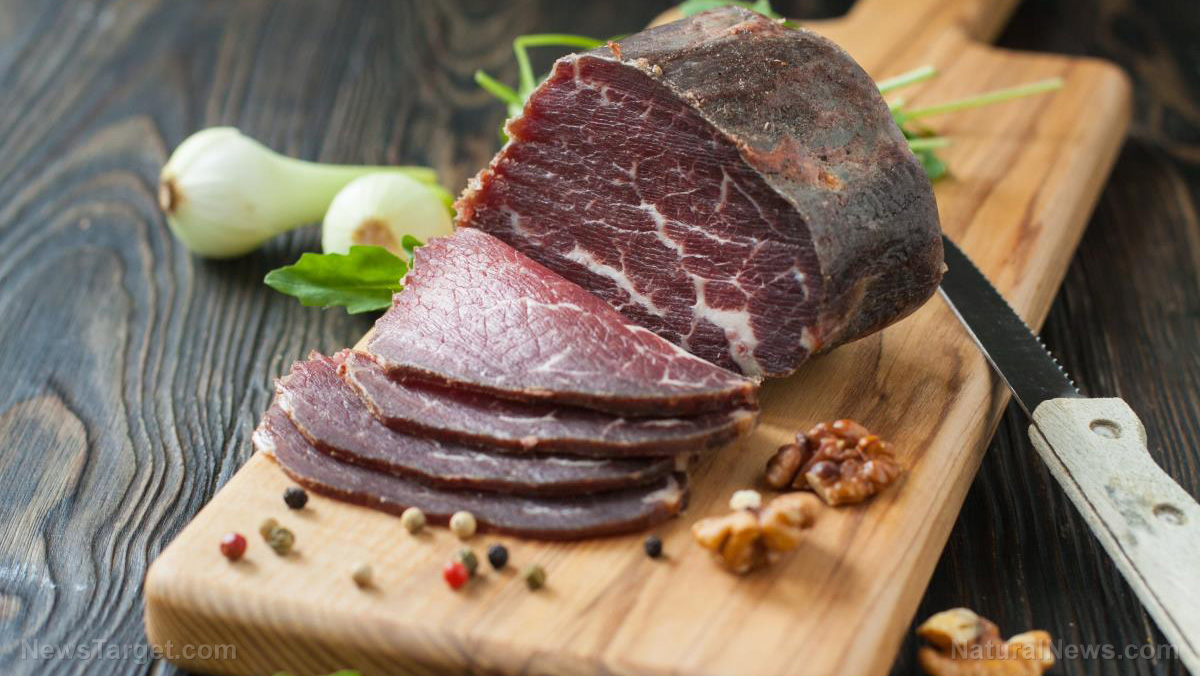Billionaire supermarket CEO sees increase in grocery prices as omicron worsens US supply chain crisis
01/17/2022 / By Matthew Davis

Disrupted by the omicron variant, the United States supply chain crisis is expected to worsen resulting in an increase in grocery prices. Billionaire John Catsimatidis, chief executive officer of New York City-based chain of supermarkets Gristedes, said omicron is taking its toll on the supply chain, which will lead to low supply in the face of high demand.
“Omicron affects the different levels of the supply chain,” said Catsimatidis during his recent appearance on “Fox & Friends First” hosted by Todd Piro.
Catsimatidis said affected are the state of warehouse as selectors, drivers and loaders call in sick interrupting the flow of work. Catsimatidis believed that the interruptions will continue in the next six weeks, noting that the price of beef rose by 21 percent in November, same as eggs and poultry in the Northeast. Pork and chicken also increased by 16.8 and 9.2 percent, respectively according to the Bureau of Labor Statistics. (Related: Supply chain disruptions will continue.)
“Let’s say they normally sell 10 million pounds of chicken. They figured if they raise the price 10 or 20 cents some people will buy less chicken and the people that really want to buy the chicken – it will be there for them to buy,” said Catsimatidis, who also owns the United Refining Company.
Oil price increase adds to the problem
According to the supermarket guru, the rising cost of oil also added to the problem of price increases since it is needed for transporting the goods.
John Brunnquell, chief executive officer of Eggs Innovations, shared Catsimatidis’ sentiment. Brunnquell, who acquired the first U.S. patent for eggs with reduced fats and cholesterol, was interviewed by “Fox & Friends” co-host Ainsley Earhardt.
“If that trend continues it’s going to put us in a challenging situation with meeting the demand,” Brunnquell said.
According to Brunnquell, he has asked his employees to work extra hours or even days to keep his business at 100 percent capacity in order to keep up with the market.
The pandemic made people think about where their food came from and how far it traveled or how it was produced. Due to supply chain disruptions, producers have struggled with bottlenecks, transportation and labor shortages. (Related: Fed survey shows Americans expect inflation to get worse.)
Lack of workers, ingredient shortages and the unpredictability of trucking and container ship transport have resulted to longer lead times for manufacturers.
According to Rifle Hughes, innovation and strategy business partner at foods developer JPG Resources, the lead times have lasted for eight to 12 weeks with food manufacturers stalled out waiting for ingredients for their products.
Deeper and longer running disruptions are the results of extreme weather, labor problems around the world affecting products in the center aisle of a grocery store like canned goods, snacks and cereals.
About 80 percent of traded goods travel by shipping container. Brittain Ladd, chief marketing officer at Kuecker Pulse Integration, said containers themselves cost more. Last year, transporting a 40-foot steel container cost $1,920; today, the cost can be more than $14,000.
The baking industry, which tracks prices of core inputs including sweeteners and cocoa, reported price hikes in 49 of the top 50 ingredients, said Robb MacKie, chief executive of the American Bakers Association. “The global supply chain has been twisted in so many knots. Things that you might have put on a truck or train before, you might now have to pay airfare for, which is much more expensive.”
Watch the video below to know more about the supply chain crisis.
This video is from the NewsClips channel on Brighteon.com.
Follow Pandemic.news for more news and information related to the COVID-19 pandemic.
Sources include:
Submit a correction >>
Tagged Under:
bubble, chaos, Collapse, food collapse, food supply, grocery, Inflation, labor shortages, oil prices, omicron, pandemic, panic, price increase, products, supply chain crisis
This article may contain statements that reflect the opinion of the author
RECENT NEWS & ARTICLES
COPYRIGHT © 2017 FOOD SUPPLY NEWS






